 |
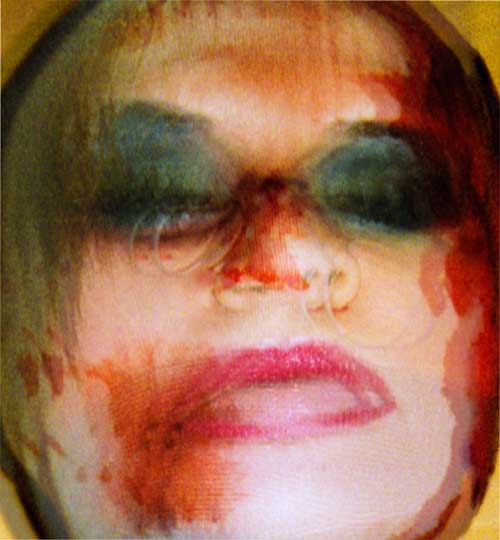 |
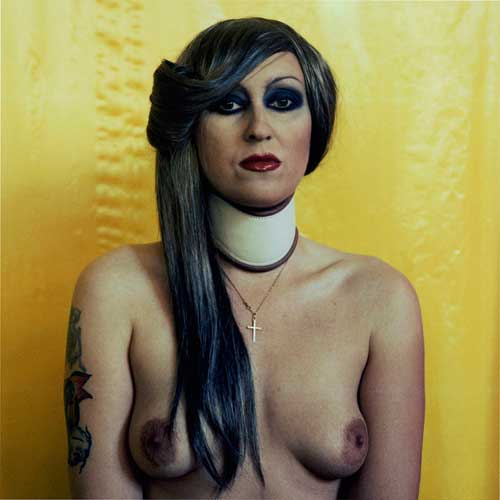 |
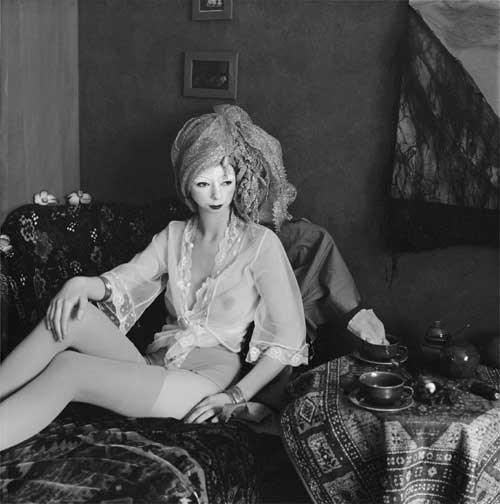 |
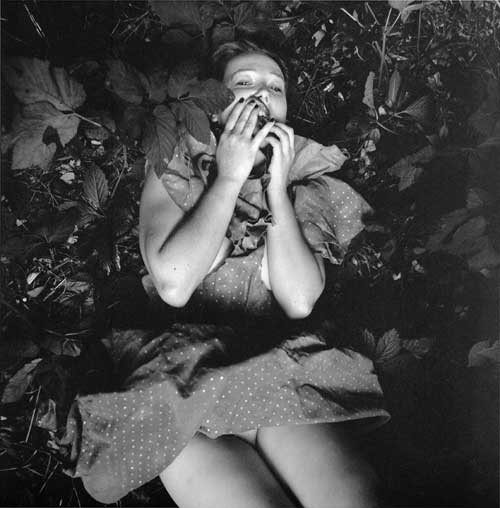 |
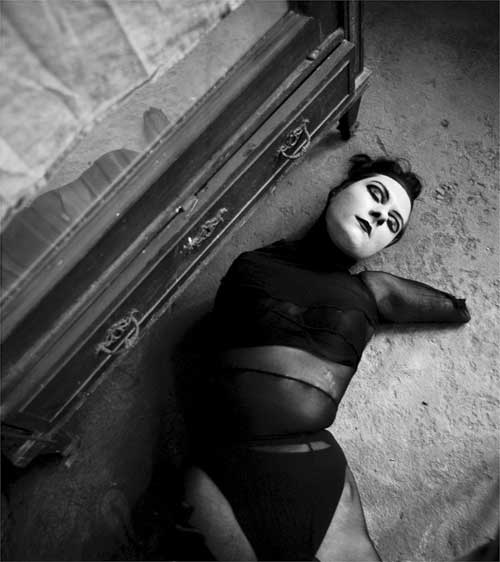 |
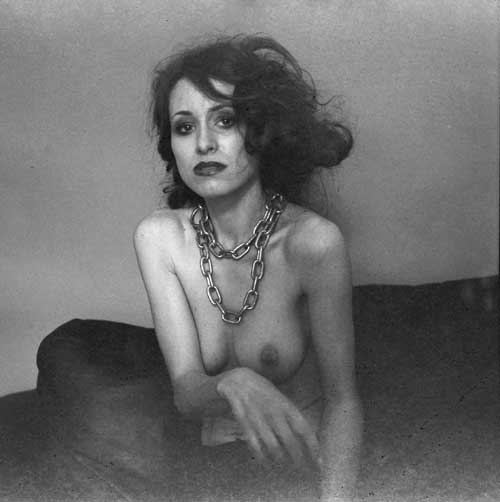 |
 |
 |
 |
| Keymo. The politics of desire. |
|
Our species, homo sapiens, is visually omnivorous, and the voracity of its eyesight is insatiable. The human craving of watching, including peeping, is continuously incited not only by our imagination, but also by the norms of social life. Being well-informed in today’s world means being acquainted with images and capable of associating and correlating them. The pressure to consume more and more of them creates a new factor in our culture, and one of its aspects is voyeurism which is becoming a norm. It is a new kind of voyeurism, devoid of sexual connotations, pragmatic and rationalized.
In order to function in social consciousness we watch others and must be watched ourselves. However, what we look at, as well as the action of looking (peeping) at something that is considered normal and healthy, is regulated by a number of written and unwritten rules (of political correctness, of cultural conventions, of fashion, etc.). In art such regulations are introduced by the politics of the given institution, expectations and standards created by the critics and curators, in brief by those who control our senses. By those who feed and shape our asthetic, political and social sensitivity. Keymo’s photographs are clearly inspired by the art of famous “peepers” like Diane Arbus and Nobuyoshi Araki. Her photographs contain desires and fantasies which we are afraid to acknowledge, which we do not have the time to become aware of, which we easily call immoral: and they are all connected with carnality. The artist concentrates on the human body treated like a living sculpture during a performance. The exhibition called Lunatyzmy [Lunatisms] presents certain aspects of our culture’s mythologies of the body whose poles are ecstasy, perversion and vitality, as well as weariness, dullness and mortality. The questions which we might ask at this exhibition have to do, among other things, with the political aspect of desire and the visualization of desire. Power and watching (being observed or being the observer) tend to cling to one another and we might even say that this is the way it has always been. Currently, when the range of the visible has grown enormously, we have found ourselves in a completely new situation. Recently Dorota Masłowska has called our world an informational Byzantium in which we are sentenced to the accidentality and fortuitousness of what reaches us and to the huge number of leftovers that we are unable to consume1. Since the material we have to digest keeps growing and because the categories of time and space are inflexible, we rather browse through the reality of images instead of looking at it. Visual contemplation is a notion that seems inadequate for our present way of looking at indirectly transmitted images, filtered through the media. That is why the new voyeurism is a-intellectual, it is a kind of curiosity which we are unable to satisfy because the images change too quickly. However, we ought to add that along with the images we also consume their ideologies, while the ubiquity of the image that also belongs to the sphere of art may be described as at once liberating (because it broadens the scope of expression and of the visible) and producing new forms of exclusion (that include those who were unable to see a given image). Why does authority (both “objective”, represented by institutions on the outside, and subjectively internalized) so carefully select the images admitted to the sphere of the visible? One of the decisive factors is certainly the fact that the photographic image possesses the power of the transformation of sacrum (the law of the positive) into profanum (the taboo, the law of the negative); the fact that the image produces knowledge and law and therefore influences the ways in which we percive reality. Thus the sphere of art is not, contrary to what one might think about it, the sphere of sacrum, but rather of the profanum. It is a field in which one can theoretically show and see more, the sphere of an experiment conducted on our sensitivity. Profanation conceived in such a way is one of the obvious and even required features of an artwork. Keymo’s photographs undobtedly have it and they desecrate the ways of presenting carnality and the body itself. The artist consistently introduces into the sphere of art such images that combine eroticism and violence. At the same time her works remain extremely varied stylistically. Iwo Klauke aptly wrote about it in his curator’s text to the PlayOFF exhibition, presented in 2011: “At first the whole thing seems simple. You find the first analogy: Nobuyoshi Araki! Bondage, sterile models deprived of identity, disturbed composition. Everything seems familiar, including the very sound of the artist’s name. You open the next folder. Sexual tension on an equally high level, but it is not Asiatic eroticism any more, but decidedly western, consumer eroticism. In a word: fashion. Helmut Newton, Irving Penn, Horst P. Horst. […] You open up next folders. Diane Arbus, Joel-Peter Witkin, Nan Goldin, Robert Mapplethorpe. You must leave the vicious circle of heteromatrix. Both the gender and the sexual preferences of the photographer are already fluid. You assume it is some kind of game. A Queer Game. With each click of the mouse you go over to another level. The characters change. The background and the rules of the game change. You are not sure any more whether Keymo will offer you a photographic document or creational fiction. You get scared seeing how fast you are losing points. Your hero perishes, but Keymo offers you another life, in another body and with a new identity.” Therefore, the exhibition entitled Lunatisms is perforce only a small fragment of Keymo’s already pretty big artistic output. Here she presents a more visionary aspect of her art, close to surrealism and more narrational (though there are also images balancing on the verge of pornography). The set of works she proposes is a fragment of a large reservoir of photographic rhetorical figures that combine into a grammar of non-normative desire and carnality remote from the contemporary canons of beauty. Because of the photographs of freeks and her interest in sexuality we can easily and instrumentally consider Keymo’s attitude to be clearly political. The problem arises when we wish to label her and begin to wonder what kind of ideology we have to do with in her case. Is she liberal, left-wing or perhaps paradoxically conservative? Her art, the voyeurism and perversion notwithstanding, is theatre. The body in this theatre is a screen on which social norms of the interpretation of meaning are projected, the meaning whose representations set the limits of lawfulness and unlawfulness, limits of a scene and the obscene. Breaking norms with Keymo we realize that the body is a language whose use we learn like we learn to build proper sentences. So would it be correct to describe Keymo’s works using queer, gender and feminist language? The artist’s photographs are ambiguous even on their fundamental level where the worlds of liberated sexuality co-exist with the melancholy of the liberated id, and the fulfillment in perversion is parallel to the story of its wasting nature. Giving these works ideological character would thus be a projection that limits the symbolic significance of those photographs themselves, it would be the reduction of art to the rules of academic jargon. On the other hand, one could hardly disagree that Keymo’s art outrages and hurts mainly those who would like to exclude the non-normative forms of carnality and sexuality from the sphere of visual culture. Thus the political nature of the image in Keymo’s works is equally uncertain and illusive as the attempt at shutting her within the given aesthetics. When we refer to gender theories and focus on the “liberating” character of gender constructivism, Keymo becomes a Peeping Tom who consumes the female body with his eyes; and when she “liberally” frees our imagination from the chains of cultural taboos, she becomes a critic of empty perversion. The artist does not demand anything from the receiver, she neither accuses and nor laments. If in one place she breaks the taboo of the visible and presents fulfillment in the world of perverse eroticism, she shows mortal weariness, dullness and sterility in another. Keymo is no rebel. Neither is she the advocate of the system. Her art is a desperate search whose objective is an attempt at dealing with carnality, with the body with which everything has already been done in art. It is the search for such of its forms, its configurations with objects or relations with other bodies that could produce at least a touch of meaning or new artistic expression. At the same time it tests the limits of our greediness of images – and in this sense we may consider Keymo’s art to be a kind of criticism. |
Przemysław Chodań |
|
1
See: Jestem dinozaurem. Redaktor “Lampy” rozmawia z Dorotą Masłowską o książkach [I am a dinosaur. The editor of „Lampa” talks to Dorota Masłowska about books, [in:] “Lampa” vol. 1-2 (94-95) 2012, p. 13.
|
Copyright ©2012 Galeria FF ŁDK i Authors |